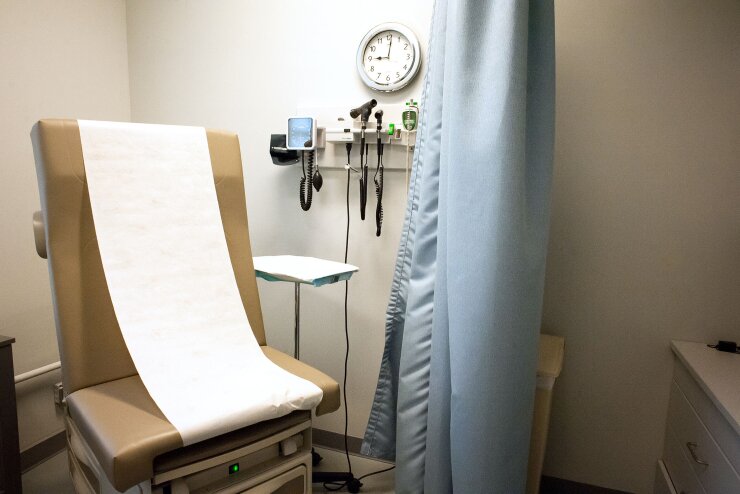If you’ve been tracking healthcare payment during the past several years, you know the industry has made tremendous progress in the proportion of payments tied to value. While there are mixed results on the effectiveness of these alternative payment arrangements (and still the need for further evaluation of which payment methods are most effective in what context), one model that shows promise is still facing barriers to lift off.
Bundled payments — which pay healthcare providers a package price to deliver all the care a patient needs through an episode of care (e.g. delivery of a baby or a knee replacement) — are still on the launch pad. The most notable and sizable bundled payment initiatives are through Medicare and Medicaid, not in the commercial sector. In contrast, payment arrangements offering providers a variety of incentives like shared savings and pay for performance have grown significantly in the last five plus years. So why, when more than 50% of payments to providers are now value oriented, does bundled payment still seem like a moonshot?
Think of bundled payments like those “Goldilocks Planets” that NASA is searching for — planets that are not too hot or too cold, so they can harbor water in a liquid state and therefore life. The conditions must be just right. Bundles should be large enough in scope to generate cost savings for the employer or other healthcare purchaser yet narrow enough in scope for a provider to be willing to take on the risks that come with this new form of payment.
Specific episodes of care or conditions that lend themselves well to bundles include:
· Orthopedic procedures, such as hip and knee replacements
· Cardiac procedures, such as angioplasty and valve procedures
· Gastrointestinal procedures, such as bariatric surgery and colonoscopies
· Women’s health procedures, such as delivery of a baby and hysterectomies
· Care for chronic conditions, such as diabetes and asthma
These episodes of care fit the bill because there is a well-defined beginning and end to treatment in the case of procedures or to the time period in the case of care for chronic conditions, as well as because there is variability in cost, quality and outcomes.
Antiquated technology
To propel bundled payment models forward, providers and payers need the ability to do the same. But existing billing and claims processing systems are based on traditional fee-for-service payment methods. Until providers and payers update their information technology, bundled payments require manual adjudication, which has the tendency to lead to more user error and therefore, stakeholders are reluctant to establish custom billing and claims administration processes.

Currently, there seem to be a lot of prerequisites for purchasers to implement a bundled payment strategy, including:
· They have a critical mass of members that have certain conditions or require specific procedures;
· They are sophisticated purchasers of healthcare and have the knowledge and resources to design a bundle in concert with a direct contract or center of excellence;
· They have the bandwidth to implement and manage it on an ongoing basis as part of their healthcare purchasing strategy;
· They have the attention of the providers and payer or third-party administrator, given their size and purchasing power.
· There is opportunity to bring bundled payment to the employer-purchaser masses. Payers and niche vendors play a significant role in making that happen. Providers do, too.
Over the last year, there have been rumblings on expanded bundled payment efforts by some health plans. For instance, Humana continues to expand its orthopedic bundled payment program and launched its bundled payment model in maternity earlier this year. Cigna also announced its maternity bundled payment program earlier this year.
Others have expressed their intent to speed things up, developing the capability to administer bundles in their systems, which suggests we may finally see some momentum in the growth of healthcare payments made through bundles. Niche vendors are disrupting the status quo, helping purchasers pay bundles to providers outside of their existing health plan arrangements, creating buzz in this space, too.
It’s likely bundled payments will emerge more in the market in the coming years.





